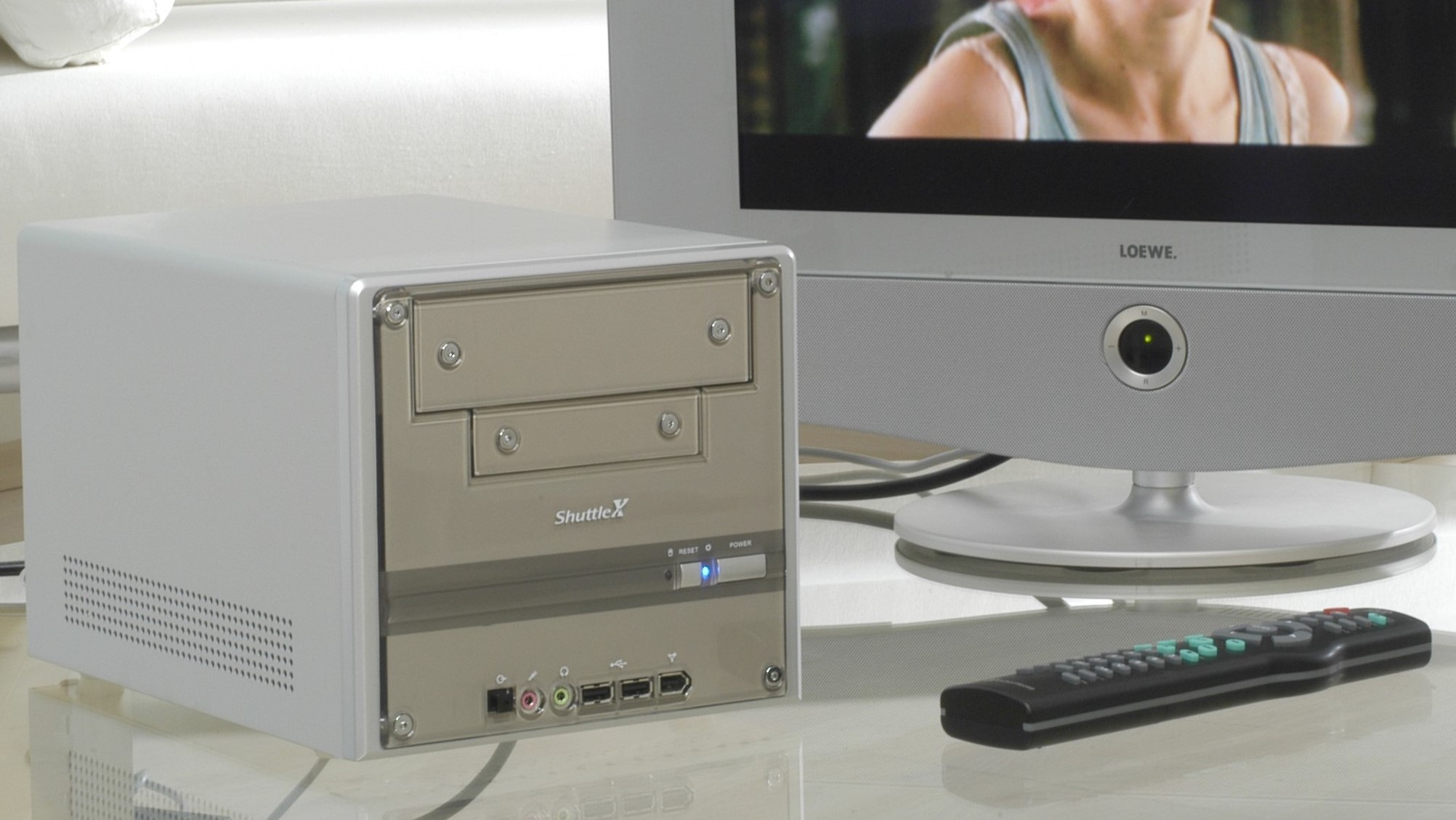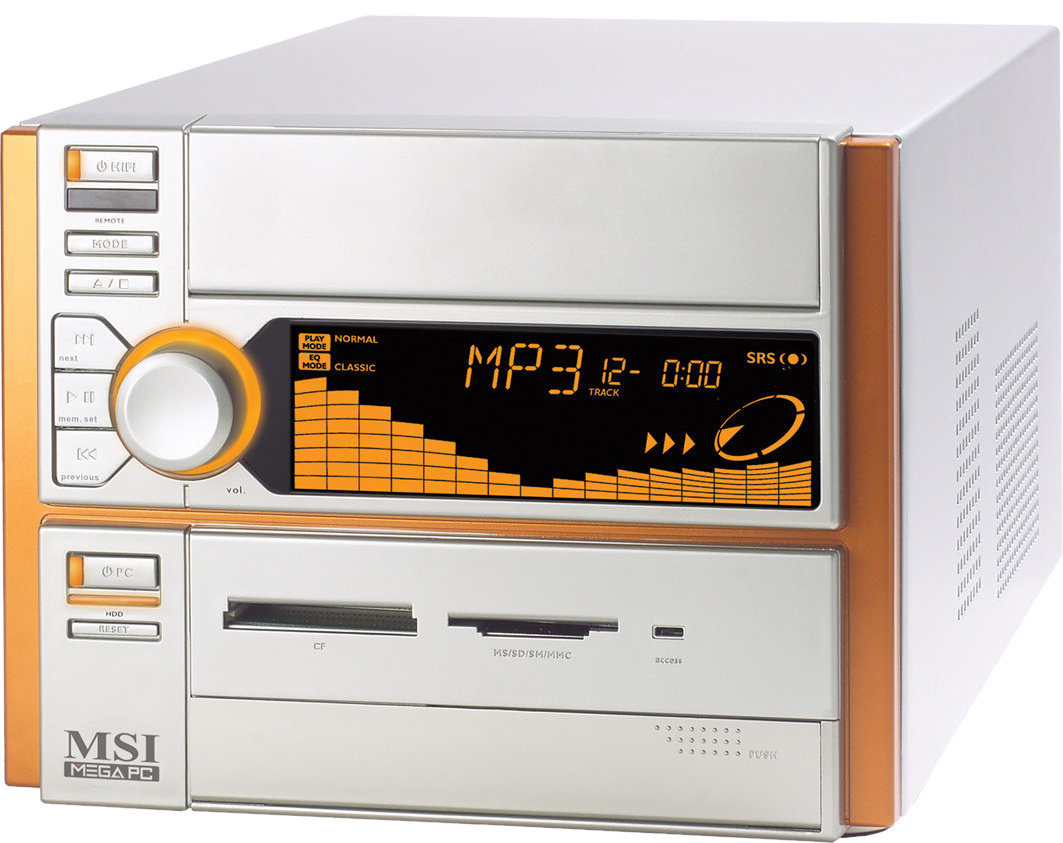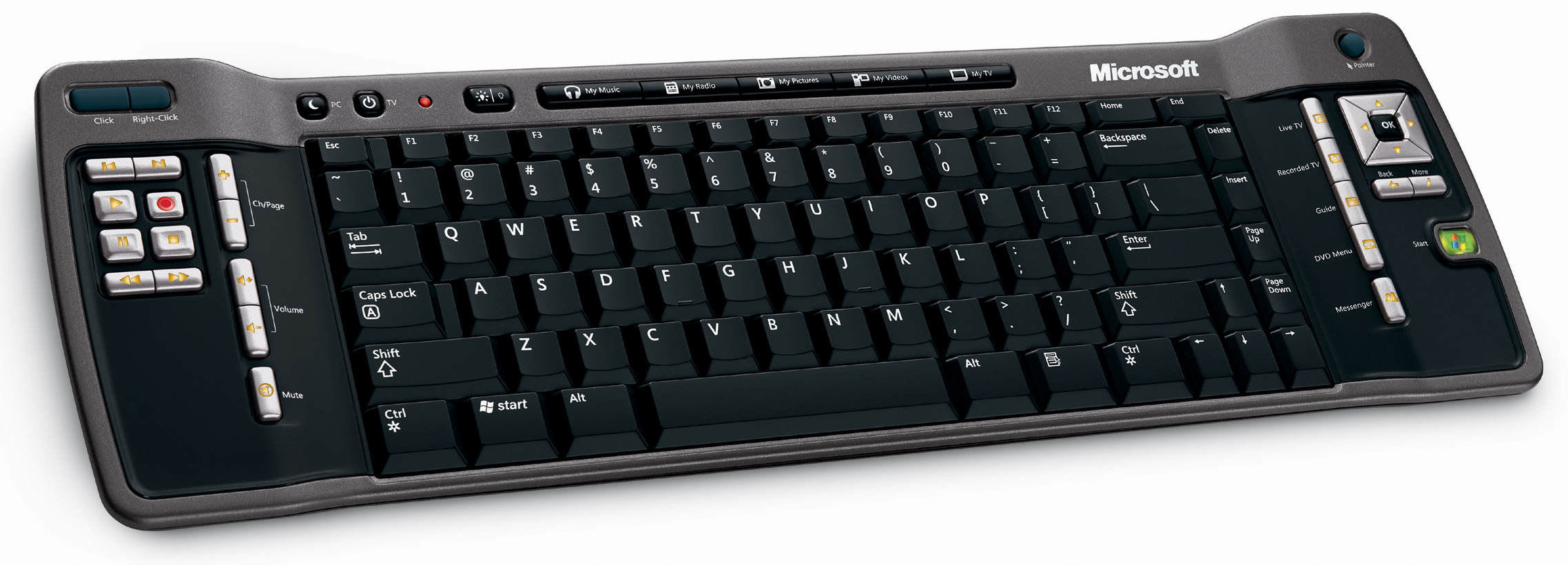Let’s Remember Media PCs and Their Path to Nowhere

If there is one reason we don’t hear the term “post-PC world” as often as we used to, it’s because it is already built. The pendulum of history has swung back, and classic PCs has found themselves in the same position they were up to mid-1990s – as productivity tools or toys for tech enthusiasts. Most of actual “personal computing” now happens in our phones, or, to be more correct, on someone else’s server both phones and PCs get access to.
Nowadays, when a person buys a computer, they usually have specific tasks in mind which they are going to use a PC for. It might be gaming, media editing, or even a simple word processing; the point is not the complexity of a task, but the fact this task is actually defined and formulated. While PCs are as multipurpose as they were for decades, few people or companies make the purchase decision thinking, “I’m going to make my computer do everything.”
But people used to do so — and tech companies had built the entire category of goods just on this promise. Both users and manufacturers tried to make a PC a central home appliance, putting it in a fancy but still oversized set-top box and calling it a “home theater PC” or “digital entertainment center.” The idea was to replace all specialized media appliances in a household, such as DVD players and jukeboxes, with a computer a little bit friendlier than the one on a desk.
Of mices and remotes
By the year 2000, the computing industry has been toying with the “media PC” concept for quite a while. CD-ROMs allowed distributing digitized audio, video, and photos, which led to the popularity of the concept of “multimedia.” While computers could play audio CDs just fine, the general media experience could not yet be directly compared with the one provided by VCRs and Hi-Fi equipment. Instead, multimedia applications differentiated themselves by combining different media into unified sets of data. Classic examples of those datasets are CD-ROM encyclopedias: titles like Microsoft Encarta mixed up text articles with illustrations, bits of audio, video clips, and even interactive 3D models.
At that point, multimedia wasn’t going to disrupt any industries, no matter how hard creators of CD+G had probably hoped for that. Things changed when it became possible to rip music CDs, compress the data tenfold, and keep the audio on a hard drive track by track. Creating custom playlists, once a tedious process only possible with magnetic media, became essential for music consumption and, several years later, led to world-shattering iTunes Store “pay per song” business model.
That’s when PCs companies started making their first media computers. Such devices as iPAQ Music Center and HP de100c were made just to rip CDs, store music and, for some added value, play Internet radio. Neither of them or their direct successors became even remotely popular: just like Internet appliances, they were seen as a vastly inferior option to whatever cheap computer your favorite retailer was stocking.
The archived TechTV clip shows Compaq iPAQ Music Center in action.
Things notably changed in 2003, when DVD drives for PCs became widely available. Somewhat surprisingly, it wasn’t DVD which sparked the media PC boom. While the desire for high-quality video playback fueled it, what really set the trend were “barebone PC” configurations introduced mostly by Taiwanese OEMs. Barebones were partially assembled computing platforms, including everything but RAM, a hard drive, and, in some cases, a processor. Notably, most barebones were introduced in a compact form factor which heavily resembled ordinary jukeboxes. For DIY enthusiasts, fed up with PC towers as Apple popularized all-in-one machines, this was a breath of fresh air.
Barebone computers – most notably, Intel NUC models, – are still relatively popular, and those who want to build a computer from scratch can now choose from a variety of compact cases and motherboards. But you won’t find anymore a barebone as similar to a media center as MSI MegaPC. Being one of the first configurations of its kind, it had a front-panel display, could play music with actual PC turned off, and really didn’t look like a computer at all. Capturing the design trends of the mid-2000s with its orange-and-silver motifs, it managed to look just like Sony Ericsson Walkman phones introduced two years later. With all its noughties zeitgeist, it, frankly, still doesn’t look bad, unlike most computers not designed in Cupertino.

The system included a floppy drive faceplate to replace the card reader with. How’s that for a media rig?
While PC building community was excited about attractive hardware, Microsoft had its own plans on the software side of things – but they also craved for tighter control over the specifications of media PCs. Released in 2002 and updated over the course of three years, Windows XP Media Center Edition was a modified desktop OS with several new applications bundled – most notably, Windows Media Center, a media hub designed specifically for a TV screen. While being heavily marketed, Windows XP MCE was only available to select few licensed manufacturers. The list of companies and countries expanded release after release, but still, few official Windows media PCs were built. As for power users, they were left relying on third-party or homegrown solutions.
The shell itself, while being rather nice and polished, wasn’t as exciting as the hardware made for it. For the first time, Microsoft set the specification for a Windows media remote, complete with a green, bubbly “flag” button for invoking the signature ten-feet UI. Following the standard, media center manufacturers made their own remotes to suit the style of the specific machine, but there was also some first-party hardware, including the keyboard with the integrated remote and pointing stick mouse. Microsoft has also pushed for creating Media Center Extenders, set-top boxes for streaming from a Windows XP MCE machine, and released software extenders for the original Xbox and Xbox 360.

Microsoft’s two-handed Remote Keyboard got one Genius lookalike and no successors.
Microsoft might have been disappointed with the market performance of Windows XP MCE, as it made the next version of Media Center, released alongside Windows Vista, available as a part of two of four retail versions. That version of Media Center, as well as the updated one for much more popular Windows 7, became the introduction to ten-feet UI for many people, especially as notebooks became prevalent and HDMI made connecting them to TVs a breeze.
There is another feature Microsoft tried to make a standard, but to put it bluntly, it was such a mess, no one mentions it since. Windows SideShow was a Windows Vista technology for auxiliary displays on computer cases. Looking back on barebone PCs, it made sense to make a system-wide standard for their front panels, but Microsoft decided to push for always-on second screens on notebooks instead. The idea was to let users read the notifications by looking on a two-line screen on a notebook side (back when they were thick enough to put a display there) or use it as a media player with the lid closed. Aside from that, developers have envisioned other use cases for Windows SideShow, including connected photo frames, detachable media players, and mobile phone sync. None of them, for some reason, included what was already done by barebone PC manufacturers, and other ones were just too silly to be adopted en masse.

Asus W5fe was the only notebook brave enough to feature a SideShow panel.
One of Microsoft’s media efforts became popular because of notebooks, the other was rightfully ridiculed. Either way, it’s notebooks and the expanding mobility of computing which marked the end of media PCs. At first, people realized they don’t want their computers to be near a TV, on a desk, or in any fixed positions. Once the smartphones and mobile Internet services became hugely popular, they wondered why it has to be PC at all. As of home appliances, they become more capable and self-sufficient and caught up with PCs in features which mattered – not in the number of errors, conflicts, and prerequisite actions.
We should have seen them not coming
As the PC world waged a war on home appliances, Apple – which, in 2004, was making computers which weren’t PCs – introduced its own ten-feet UI, Front Row. Compared to Windows Media Center, it was dull, did not have DVR capabilities, and was seen as a reason to bundle that fancy iPod-like magnetic remote with the latest iMac. Unimaginable for its time, Microsoft’s solution had more eye candy than Apple’s one. It turned out to be more prolific, too: while Windows Media Center hanged around till the release of Windows 10, Front Row was dropped four years earlier. Even SideShow outlived it by two years.
Isn’t it strange the company which created the iPod and iTunes was playing catch up with Microsoft on a media field? Looking back, it seems they knew what they were doing and what can be left half-baked. After all, while Microsoft tried to counter iPods with pocket versions of Windows Media Center, the House of Jobs evolved them into the iPhone, with well-known consequences for the entire tech world. Netflix, Spotify, and other streaming services finished the job and eradicated the concept of personal media collections in every household.
Media PCs promised entertainment strongholds for content feudals. What people wanted is a receiver.


